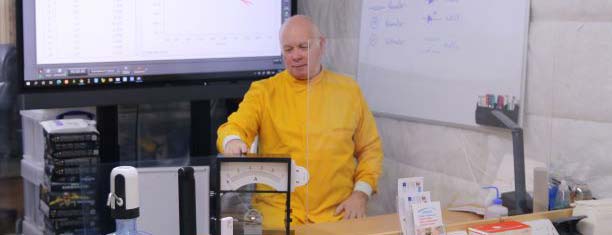First time out with @upperstory spintronics and @matrixtsl Locktronics explaining the flow of electrons around a circuit The students seemed to get the idea better than without the spintronics.
Lesson Plan
- Begin by introducing the concept of electricity and its importance in our daily lives.
- Define the terms 'circuit' and 'flow of electricity.' A circuit is a path that electricity flows through, and the flow of electricity is the movement of electrons through a conductor.
- Next, explain the three basic parts of a circuit: a power source, a conductor, and a load. The power source provides the electricity, the conductor carries the electricity from the power source to the load, and the load is a device that uses the electricity, such as a light bulb.
- Discuss the concept of electrical resistance. Resistance is a measure of how difficult electricity can flow through a material. Materials with low resistance, such as copper, allow electricity to flow easily, while materials with high resistance, such as rubber, block the flow of electricity.
- Introduce the concept of a circuit diagram, which is a graphical representation of a circuit. Circuit diagrams use symbols to represent the different parts of a circuit, such as a battery for the power source and a light bulb for the load. List some items.
- What goes around the circuit - what is electricity - the flow of electrons. Watch the chain of the spintronics with the blue link and an indicator.
- Have students create their own simple circuit diagrams using provided materials, such as batteries, light bulbs, and wires.
- Compare adding another resistor to spintronics
- Have students build the circuits represented in their circuit diagrams and observe the flow of electricity through the circuit.
- Conclude the lesson by reviewing the key concepts and having students summarize the flow of electricity around a circuit.
















